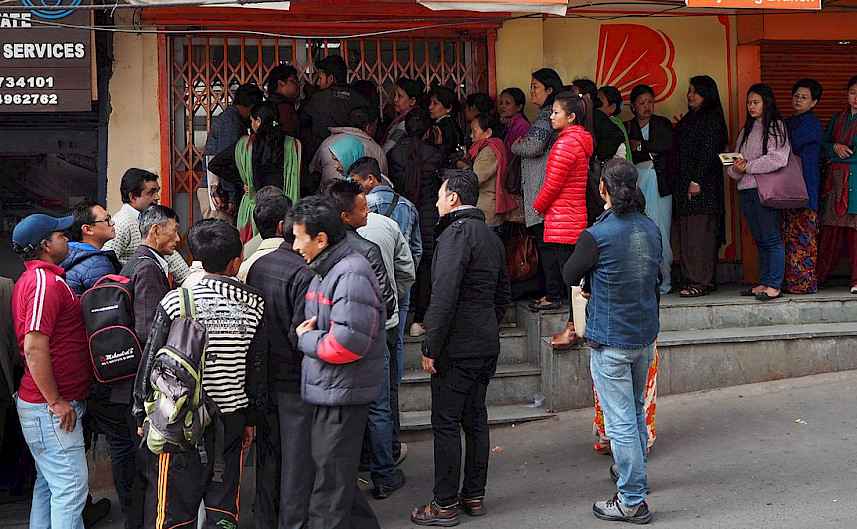A decade of Jan Dhan Yojana: Financial inclusion to inclusive growth

Financial inclusion is a process of ensuring access to appropriate financial products and services needed by all sections of the society in general and vulnerable groups in particular, at an affordable cost, in a fair and transparent manner, by regulated, mainstream institutional players. The objective of financial inclusion is to transform the lives of vulnerable people, mainly poor, by providing them access to banking finance and enabling them to generate stable income. Financial inclusion promotes economic development through a network of banking institutions helps to mobilise savings and investment in the economy for productive purposes.
India had been making efforts to improve financial inclusion since independence. The Indian government along with the Reserve Bank of India (RBI) and National Bank for Agriculture and Rural Development (Nabard) has been making concerted efforts to enhance financial inclusion in India. The concerted efforts made in 1969 in nationalising 14 private sector banks followed by another six in 1980 did lead to some banking penetration, especially in rural areas. In 1972, priority sector lending emphasised on extending credit on easy terms, to agriculture and small industries. In 2006, the Reserve Bank of India introduced business correspondents. However, despite various efforts, nearly half of the population did not have a bank account in 2008 as was pointed out in an extensive study undertaken under the Chairmanship of C Rangarajan, former Governor, RBI.